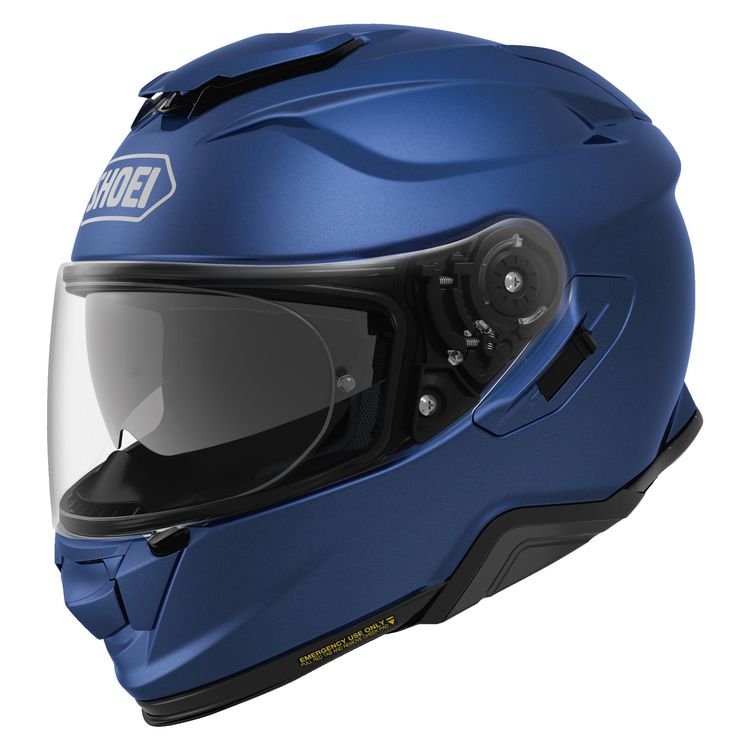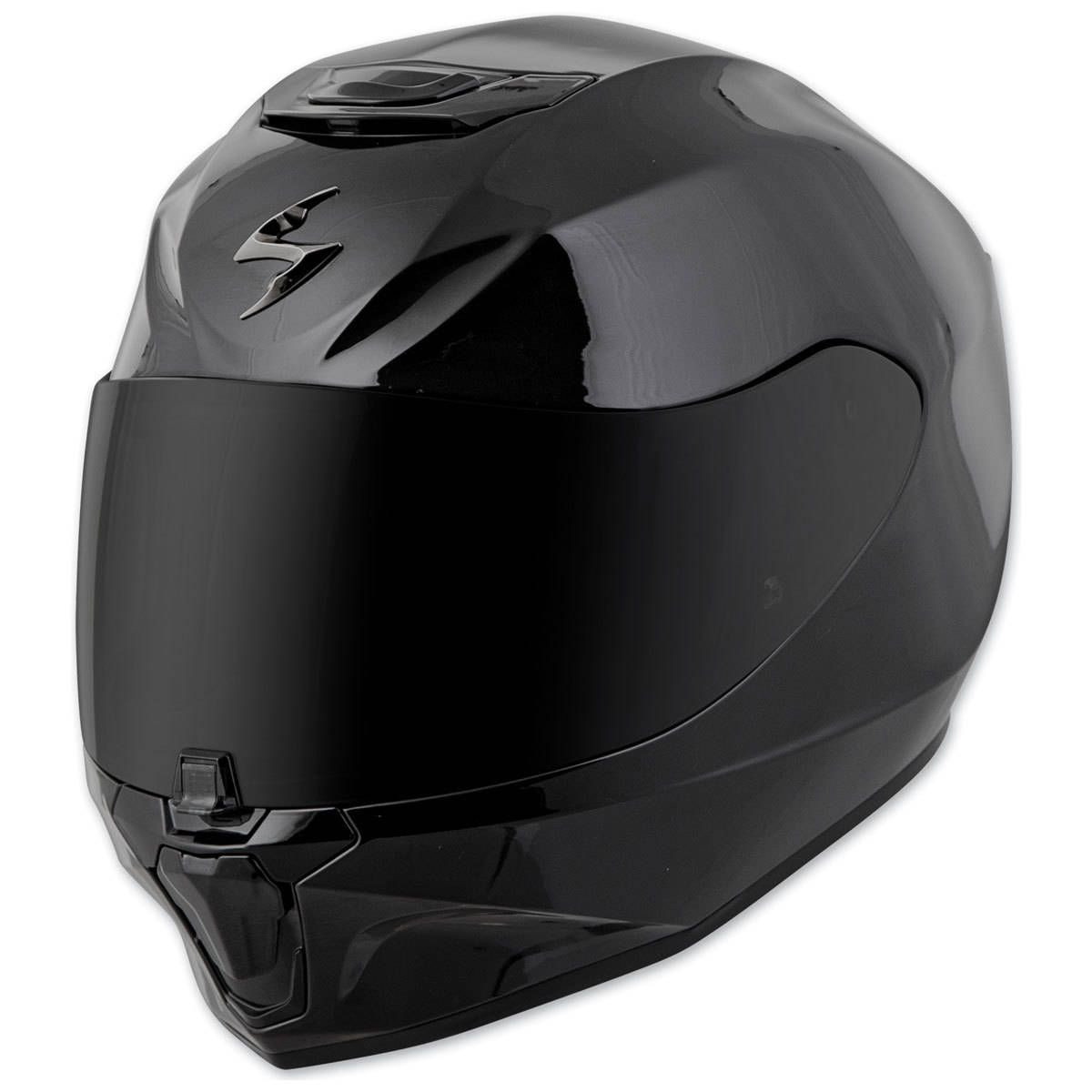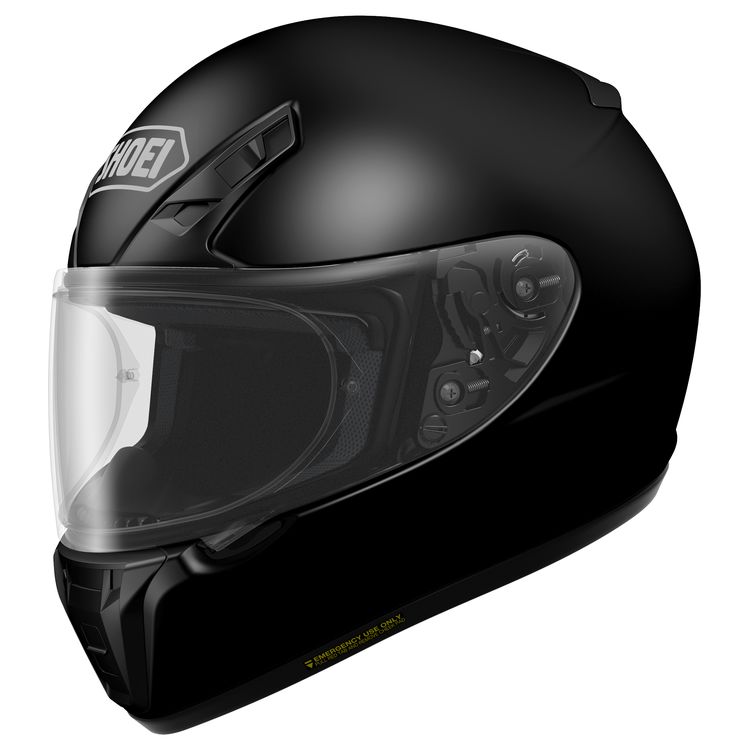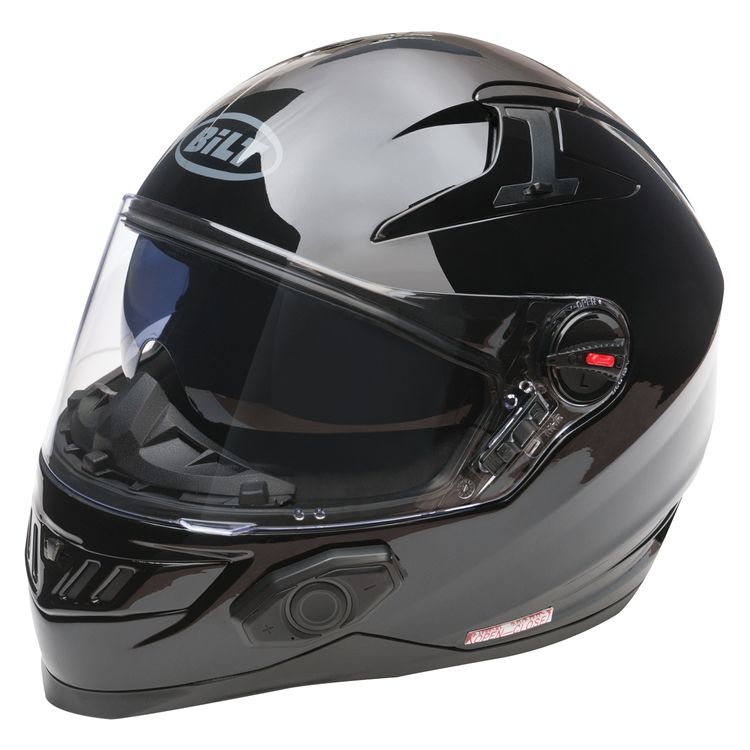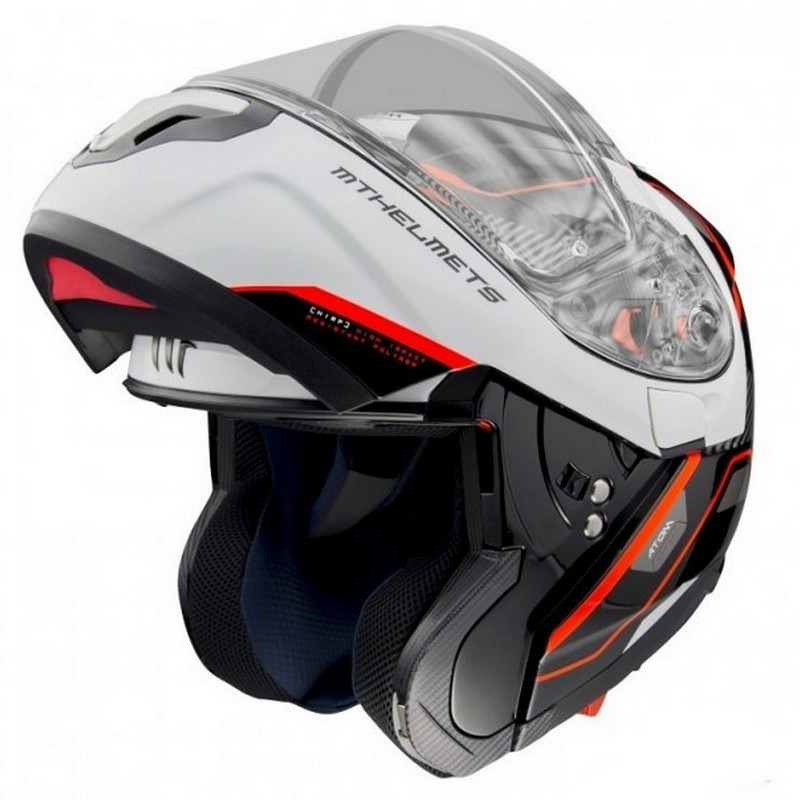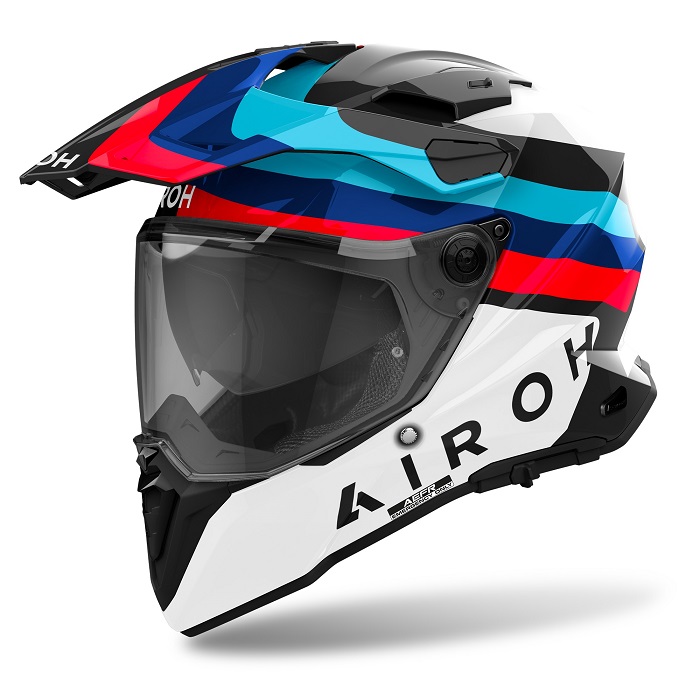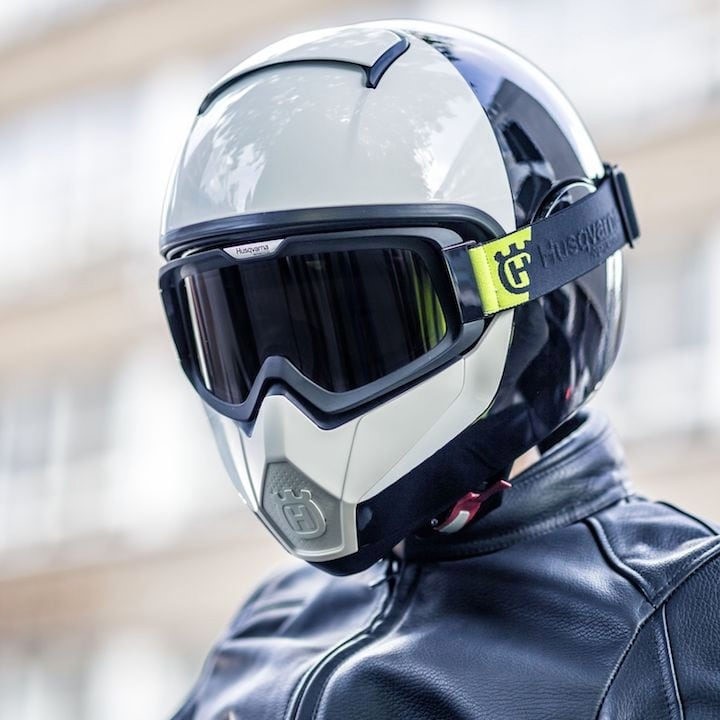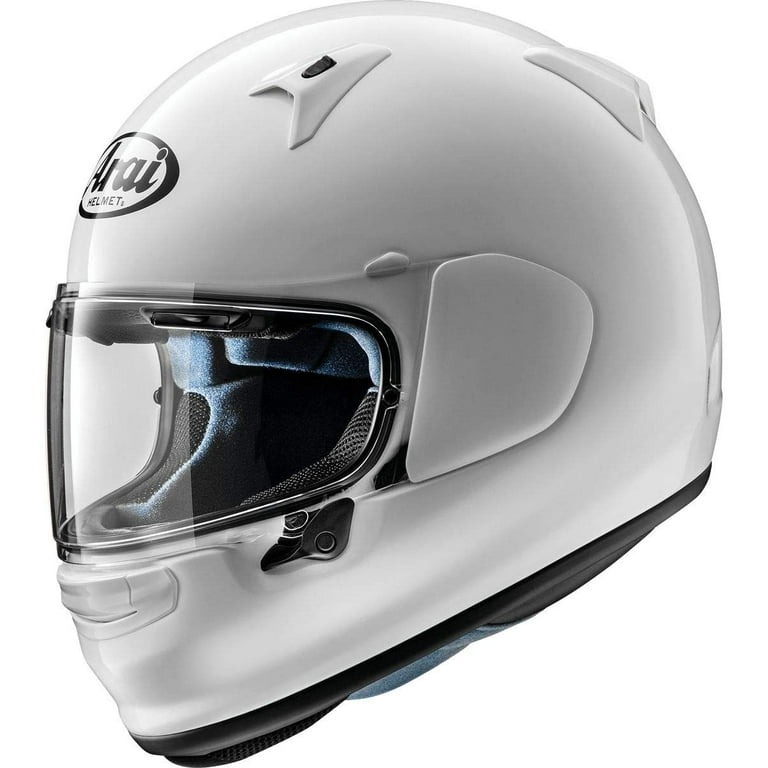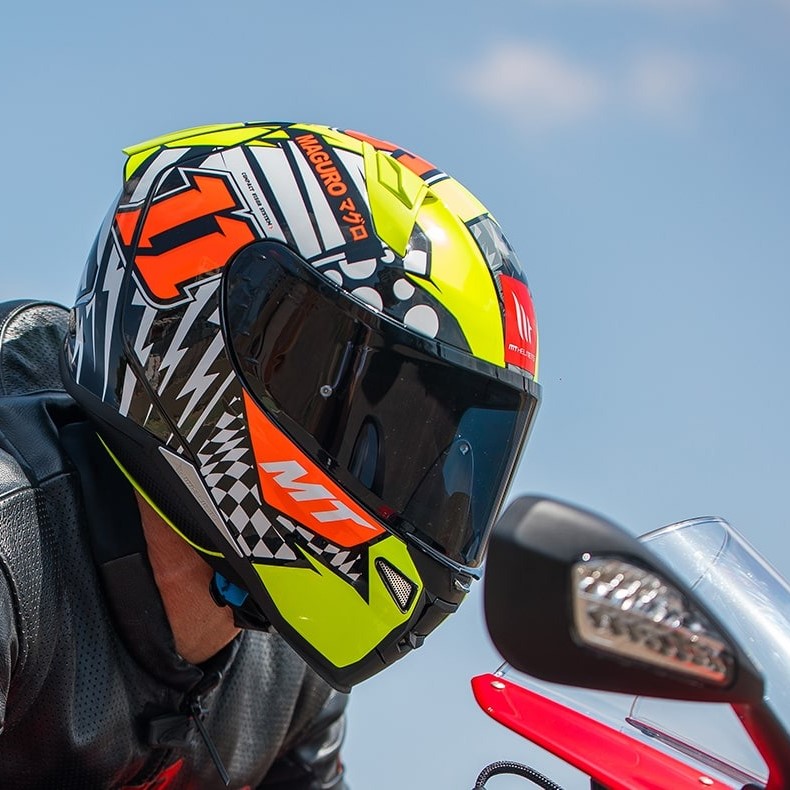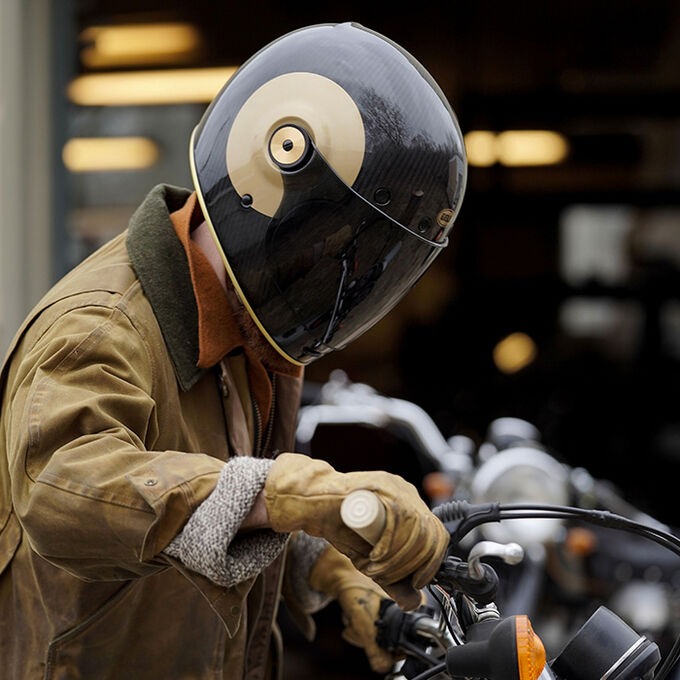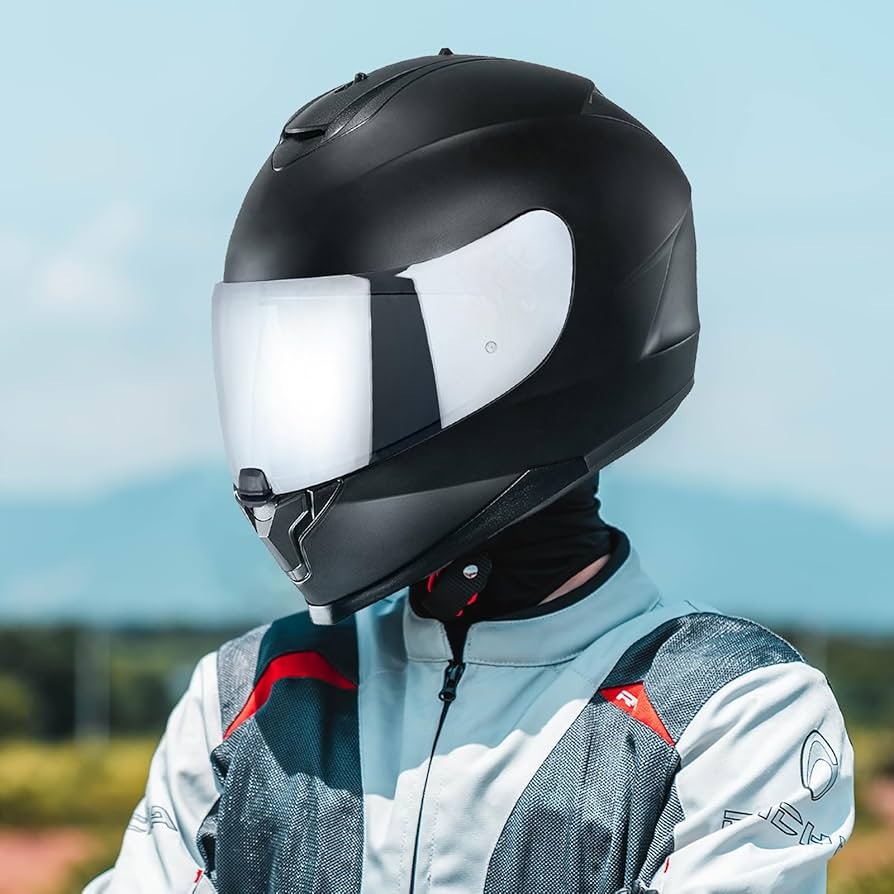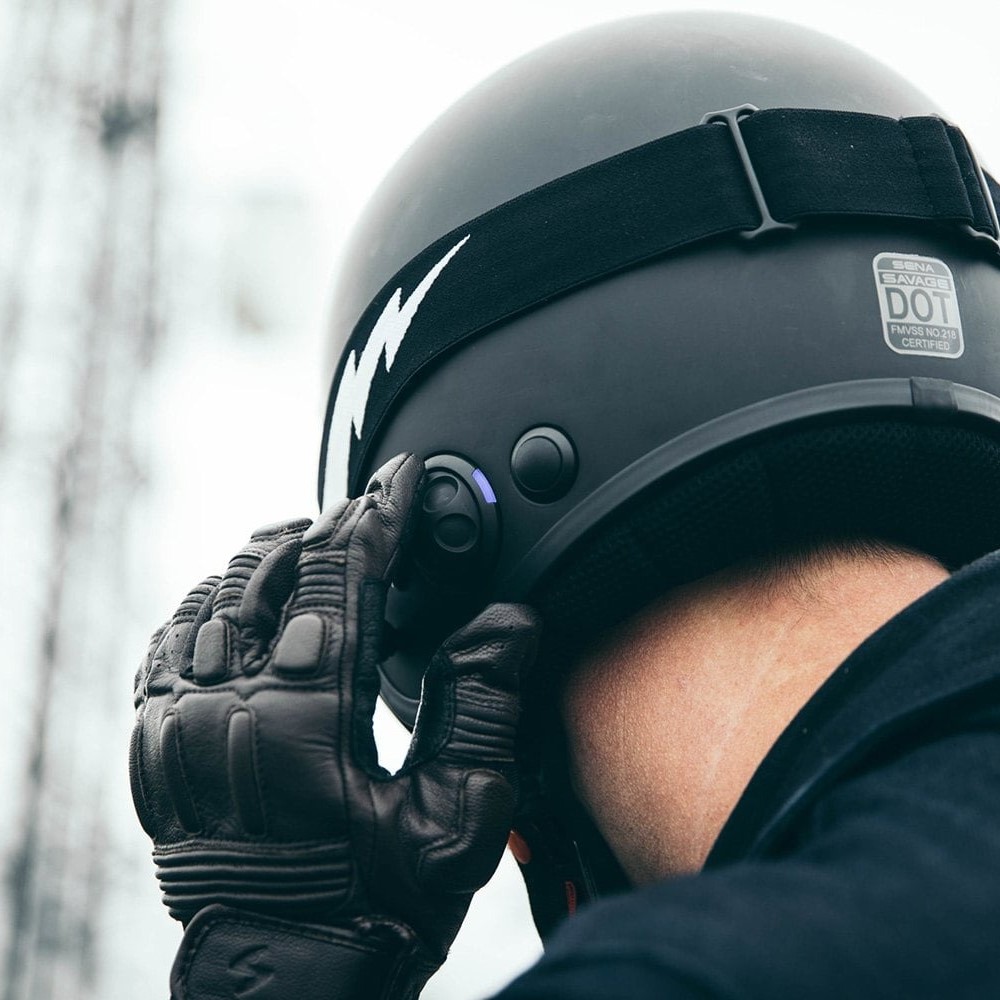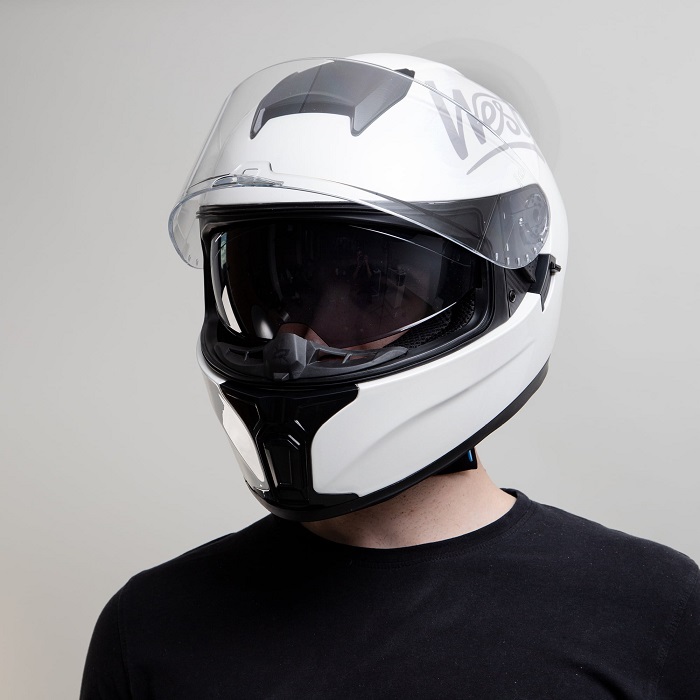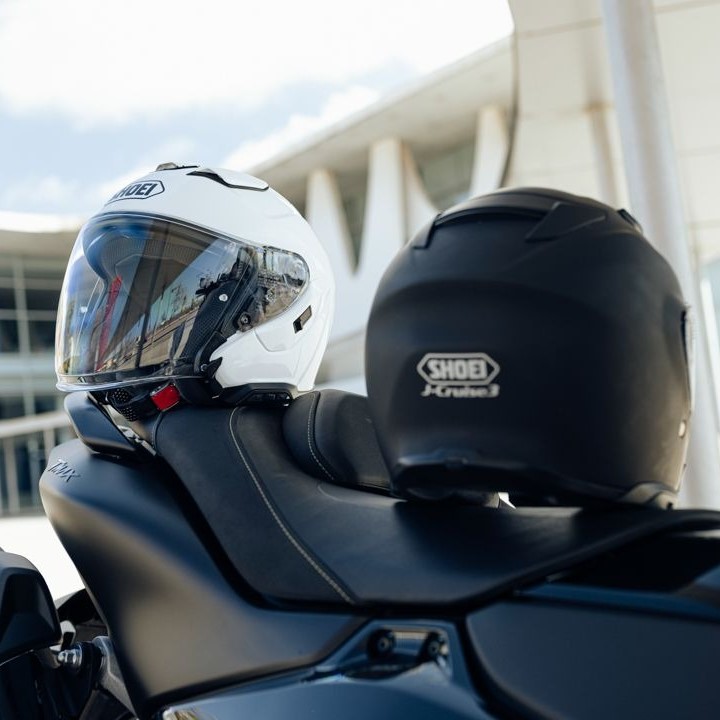Jun 10, 2025
Best ADV Helmet: Your Guide to Adventure Motorcycle Gear
When embarking on thrilling adventure rides, ensuring your safety should be a top priority. One of the most crucial pieces of gear for any adventure motorcyclist is the helmet. Selecting the best ADV helmet not only enhances your protection but also improves your riding experience. In this comprehensive guide, we will explore what makes an ADV helmet stand out, highlight top models for 2025, and provide essential tips for choosing, maintaining, and purchasing the perfect helmet for your adventures. Let’s dive into the world of adventure helmets and discover the best options available to keep you safe and stylish on the road.
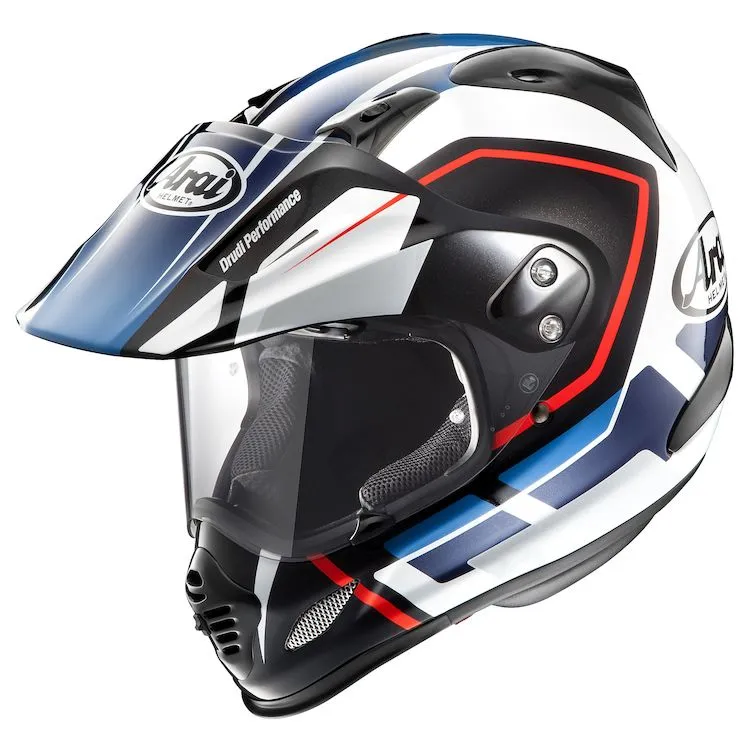 Understanding Adventure Motorbike Helmets
Understanding Adventure Motorbike Helmets
Adventure motorbike helmets, commonly referred to as ADV helmets, are specifically designed for riders who engage in long-distance travel, off-road excursions, and multi-terrain adventures. Unlike standard helmets, ADV helmets offer a balance of safety, comfort, and versatility to meet the demands of diverse riding conditions. These helmets typically feature enhanced ventilation, robust construction, and additional smart features to cater to the unique needs of adventure riders.
What Makes an ADV Helmet the Best?
Determining the best ADV helmet involves evaluating several critical factors. Primarily, the helmet must provide superior protection by meeting or exceeding safety standards. Equally important is the helmet’s comfort, which includes ample ventilation, adjustable fit systems, and lightweight materials to reduce fatigue during extended rides. Additionally, the best ADV helmet should offer features that enhance visibility and communication, such as anti-fog visors and integration with communication devices. Finally, durability and aesthetics play a significant role in making a helmet the top choice for adventure enthusiasts.
Key Features to Consider
When searching for the best ADV helmet, consider the following essential features:
- Safety Standards: Ensure the helmet meets industry safety certifications like DOT, ECE, or Snell.
- Ventilation: Look for helmets with multiple vents and channels to provide adequate airflow and reduce heat buildup.
- Weight: A lightweight helmet minimizes neck strain, essential for long rides.
- Visor Quality: High-quality visors with anti-fog and UV protection enhance visibility in various weather conditions.
- Fit and Comfort: Adjustable padding and fit systems ensure the helmet fits snugly and comfortably.
- Durability: Strong materials and robust construction ensure the helmet withstands the rigors of adventure riding.
- Additional Features: Integrated communication systems, sun shields, and removable liners add convenience and functionality.
 Safety Standards and Certifications
Safety Standards and Certifications
Ensuring that your helmet meets established safety standards is paramount in selecting the best ADV helmet. Compliance with certifications like DOT (Department of Transportation), ECE (Economic Commission for Europe), and Snell ensures that the helmet has undergone rigorous testing for impact resistance, penetration protection, and retention system effectiveness.
Importance of DOT and ECE Certifications
DOT certification is mandatory for all helmets sold in the United States, indicating that the helmet meets baseline safety requirements. ECE certification, widely recognized in Europe and other regions, often involves more stringent tests, including additional impact scenarios and environmental tests. Helmets bearing these certifications provide riders with confidence in their protective capabilities. When choosing the best ADV helmet, verify the certification labels to ensure compliance with these safety standards.
Advanced Protection Technologies
Modern ADV helmets incorporate advanced protection technologies beyond standard certifications. Features such as MIPS (Multi-directional Impact Protection System) reduce rotational forces during angled impacts, enhancing overall safety. Additionally, helmets with enhanced chin bar protection offer increased durability against frontal impacts. Some models also feature integrated face shields made from high-impact polycarbonate, providing both protection and clear visibility.
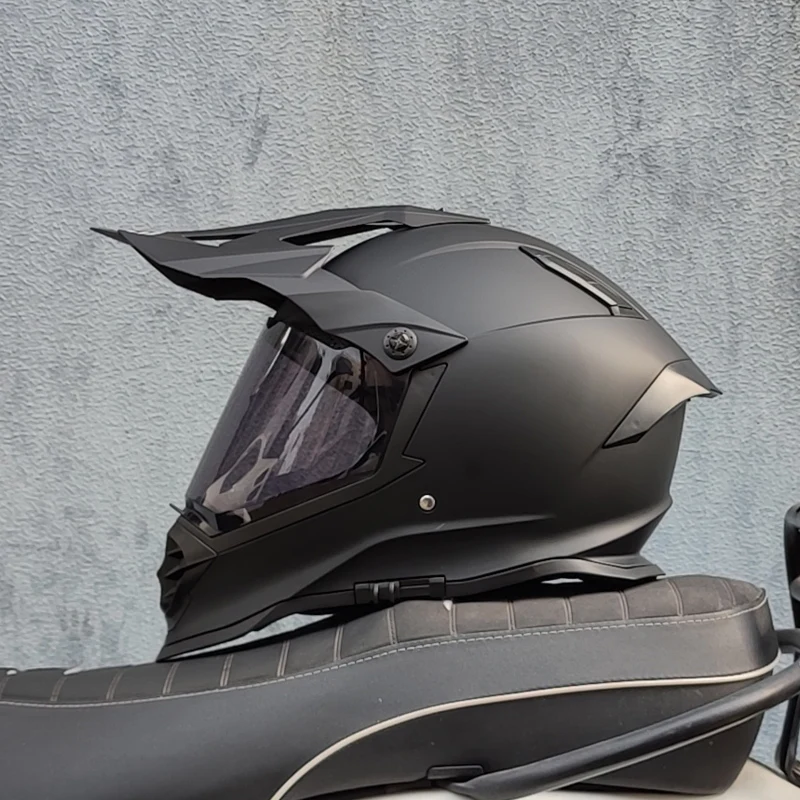 Comfort and Fit: Ensuring a Perfect Match
Comfort and Fit: Ensuring a Perfect Match
The best ADV helmet should feel like a natural extension of your head, providing both comfort and security without causing pressure points or discomfort during long rides. Achieving the perfect fit involves considering factors such as helmet size, padding, and adjustable fit systems.
Ventilation Systems for Enhanced Cooling
Effective ventilation is critical for maintaining comfort, especially on long and strenuous rides. The best ADV helmets are equipped with multiple air vents and channels that facilitate continuous airflow throughout the helmet. This design helps regulate temperature and reduce moisture buildup, keeping your head cool and dry. Additionally, some helmets feature adjustable vents, allowing you to customize the airflow based on your riding environment and personal preferences.
Adjustable Padding and Fit Systems
To ensure a snug and comfortable fit, the best ADV helmets come with adjustable padding and fit systems. Removable and washable liners allow for easy maintenance and personalization. Additionally, some helmets feature dial-fit systems or adjustable straps, enabling riders to fine-tune the fit for maximum comfort and security. A well-fitted helmet not only enhances safety but also reduces fatigue, making your adventure rides more enjoyable.
Style and Aesthetics: Express Your Riding Spirit
While safety and comfort are paramount, the best ADV helmet should also reflect your personal style and riding spirit. A helmet that aligns with your aesthetic preferences can boost your confidence and add to the overall riding experience.
Color Choices and Visor Options
The best ADV helmets offer a variety of color options and visor styles to suit different tastes and functional needs. From bold, vibrant colors to sleek, monochromatic designs, there is a helmet to match every rider’s personality. Additionally, visors come in various tints and coatings, such as mirrored or polarized lenses, which enhance visibility and reduce glare in different lighting conditions. Some helmets also feature interchangeable visors, allowing you to switch between clear, tinted, and sun-shield configurations effortlessly.
Customizations and Unique Designs
For riders who want a unique touch, customization options can set the best ADV helmet apart from the rest. Many manufacturers offer custom graphics, decals, and accessories that allow you to personalize your helmet. Whether you prefer a minimalist look or intricate designs, these customization options enable you to create a helmet that is uniquely yours. Some helmets also feature modular components, such as removable chin bars or visors, providing both versatility and individuality.
 Maintenance and Care for Your ADV Helmet
Maintenance and Care for Your ADV Helmet
Proper maintenance and care are essential to prolonging the lifespan of your ADV helmet and ensuring it continues to provide optimal protection. Regular upkeep not only keeps your helmet in good condition but also maintains its safety features.
Cleaning and Storage Tips
To keep your helmet clean and free from debris, regularly wipe it down with a mild soap and water solution. Avoid using harsh chemicals or abrasive materials that can damage the helmet’s exterior or interior padding. When cleaning the visor, use a dedicated visor cleaner to prevent scratches and preserve clarity. Additionally, store your helmet in a cool, dry place away from direct sunlight to prevent material degradation and color fading.
Inspection and Replacement Guidelines
Regularly inspect your helmet for any signs of wear and tear, such as cracks, dents, or loose components. Pay close attention to the interior padding and straps, ensuring they remain intact and functional. If you notice any significant damage or if the helmet has been involved in a crash, it is crucial to replace it immediately. Even if there is no visible damage, helmets should be replaced every few years as materials can degrade over time, reducing their protective capabilities.
Where to Buy the ADV Helmet: Trusted Retailers and Online Stores
Finding the best ADV helmet involves choosing a reputable retailer or online store that offers quality products, competitive pricing, and excellent customer service. Here are some trusted sources to consider:
Benefits of Buying from Reputable Sources
Purchasing from well-established retailers ensures that you receive genuine products that meet safety standards. Reputable stores often provide detailed product information, customer reviews, and expert advice to help you make an informed decision. Additionally, they typically offer warranties and reliable return policies, giving you peace of mind in case of any issues with your helmet.
Comparing Prices and Warranty Offers
When shopping for the best ADV helmet, it’s essential to compare prices across different retailers to find the best deal. However, don’t compromise on quality for a lower price. Instead, look for stores that offer competitive pricing without sacrificing product integrity. Pay attention to warranty offers, as a comprehensive warranty can save you money in the long run by covering defects and providing support for maintenance issues.
 Conclusion
Conclusion
Ultimately, the best ADV helmet is one that seamlessly combines top-tier safety, exceptional comfort, and stylish design tailored to your specific riding needs. By considering factors such as safety certifications, ventilation, fit, and aesthetic preferences, you can select a helmet that not only protects you effectively but also enhances your overall riding experience. Remember to upkeep your helmet regularly and purchase from trusted retailers to ensure you receive a high-quality product that stands the test of time. Whether you’re tackling rugged off-road trails or embarking on a cross-country adventure, investing in the best ADV helmet will safeguard your journeys and allow you to ride with confidence and peace of mind.
 Why Choose a Bluetooth Motorcycle Helmet?
Why Choose a Bluetooth Motorcycle Helmet?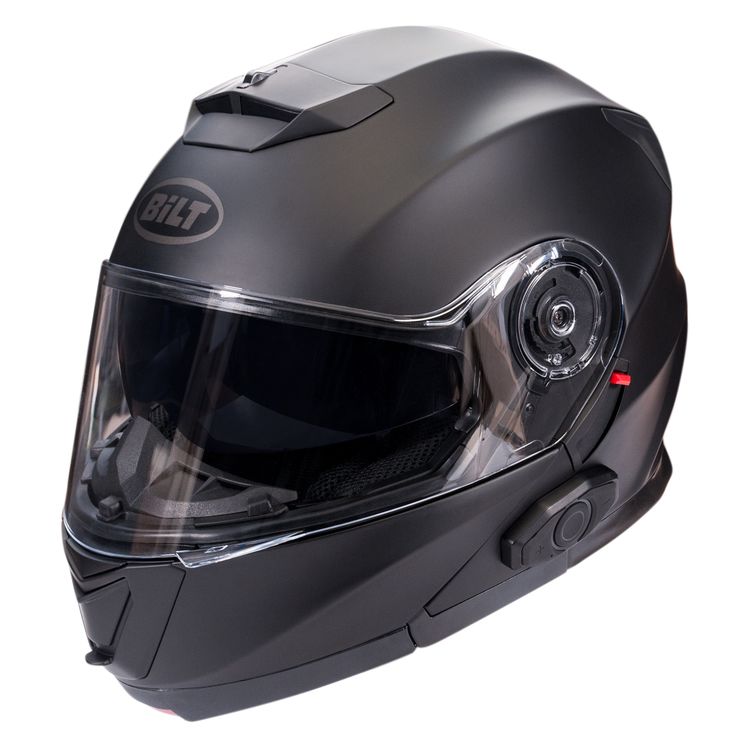 Top-Rated Bluetooth Motorcycle Helmets on the Market
Top-Rated Bluetooth Motorcycle Helmets on the Market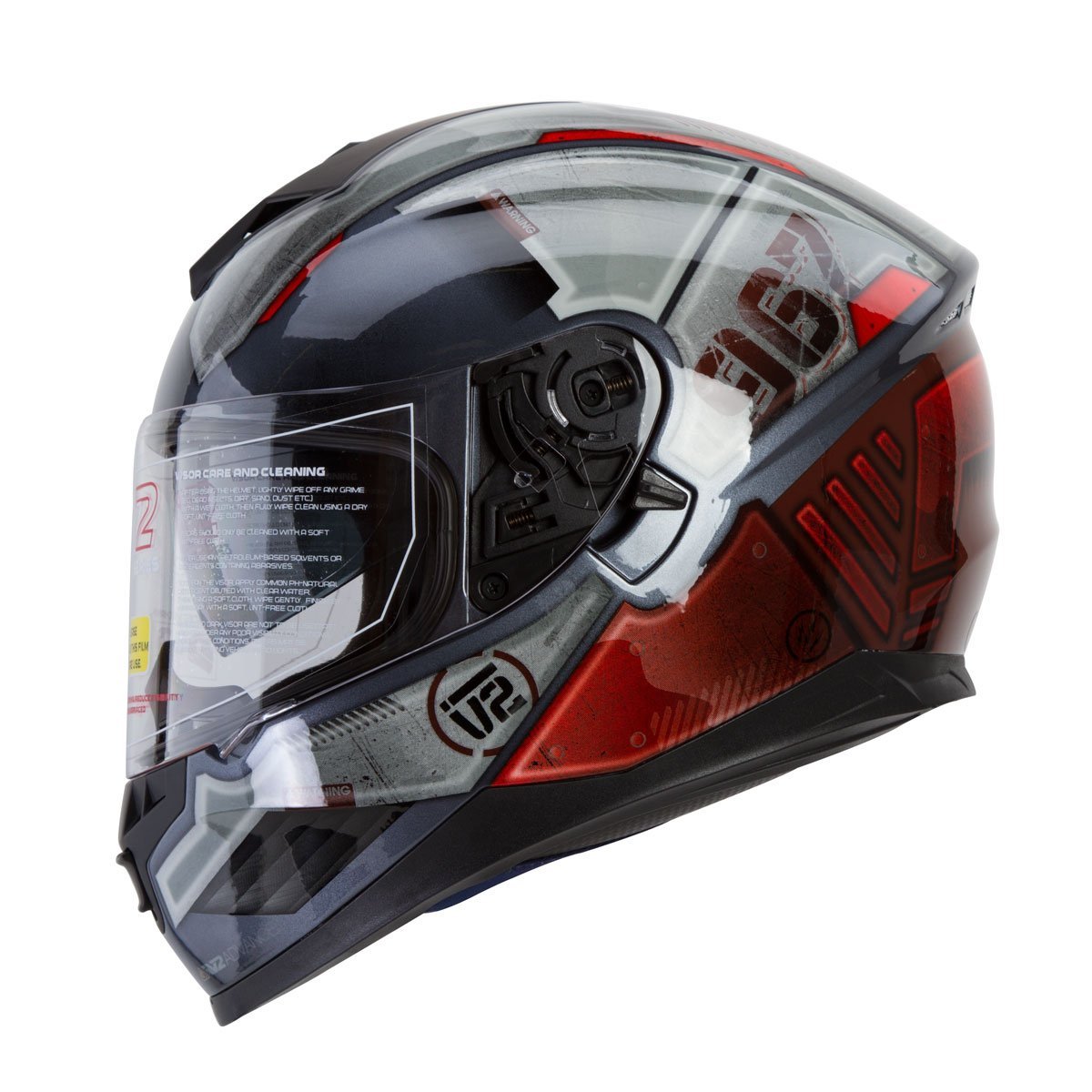 Installation and Maintenance of Bluetooth Motorcycle Helmets
Installation and Maintenance of Bluetooth Motorcycle Helmets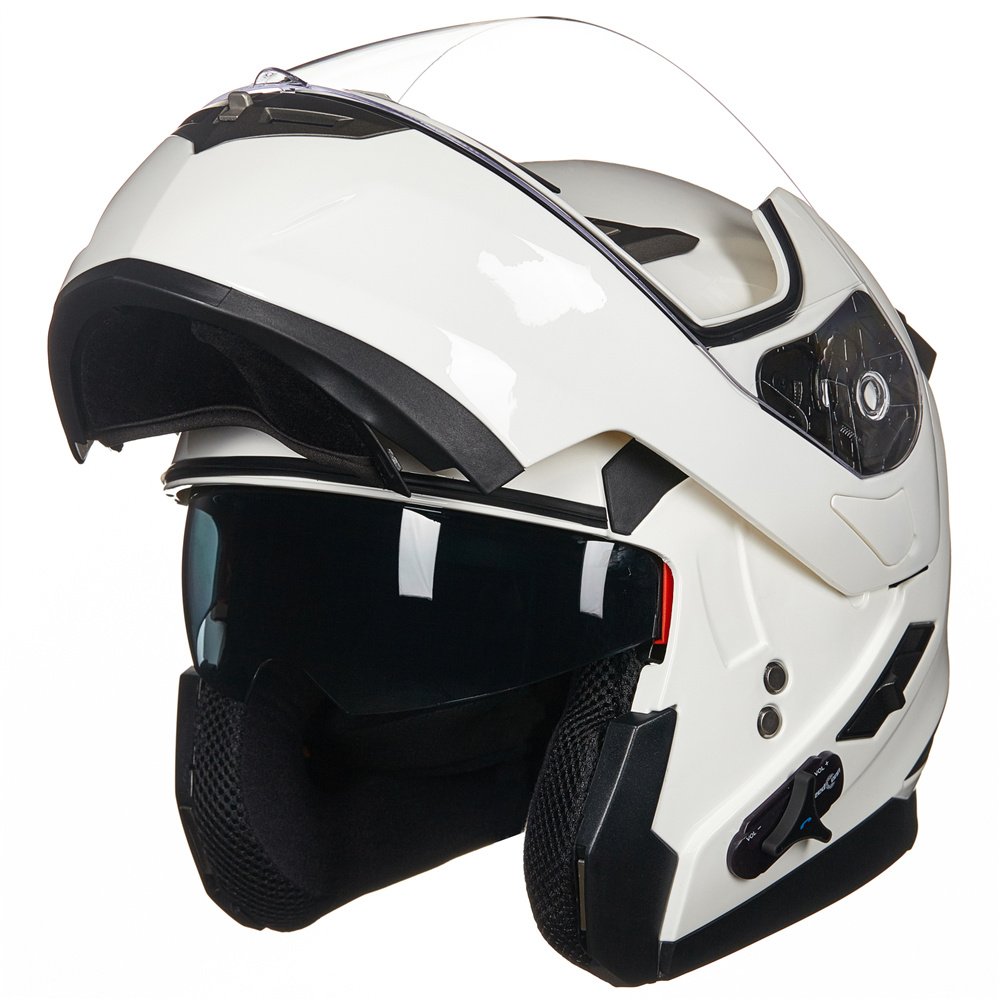 Future Trends in Bluetooth Motorcycle Helmets
Future Trends in Bluetooth Motorcycle Helmets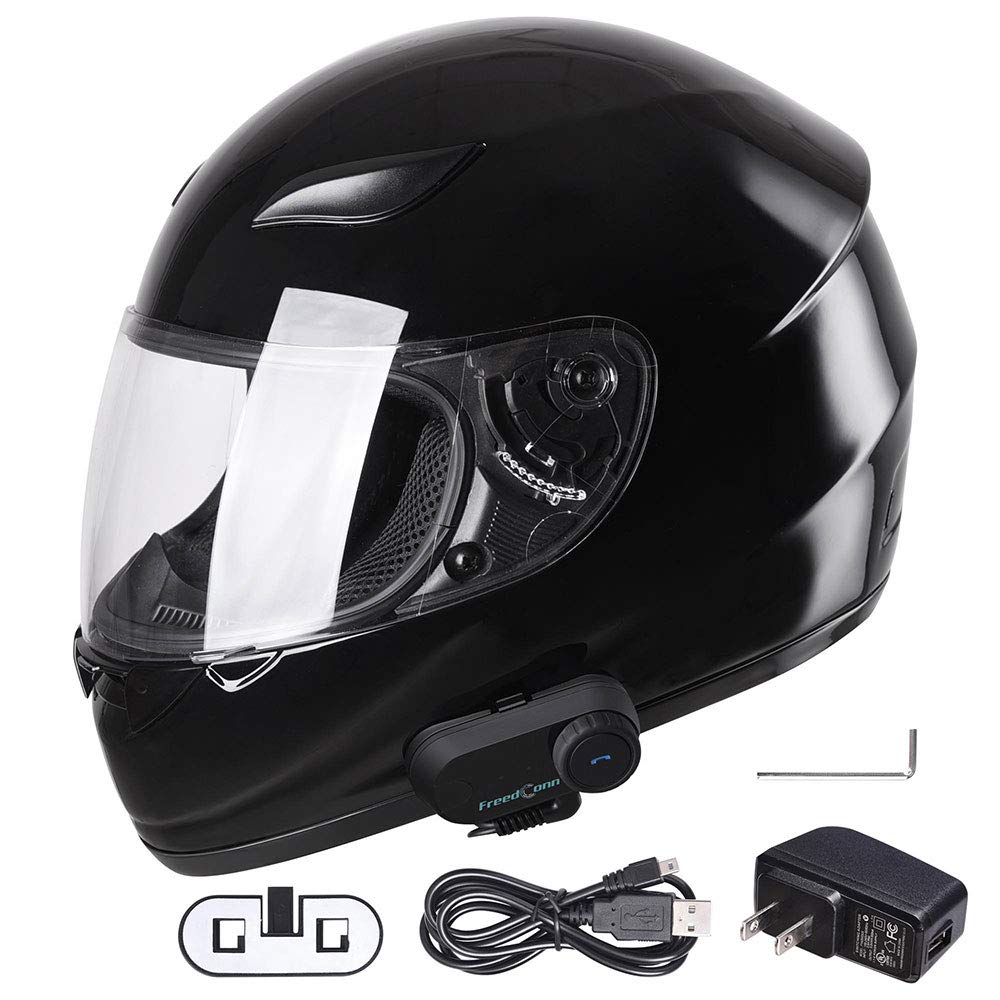 Conclusion
Conclusion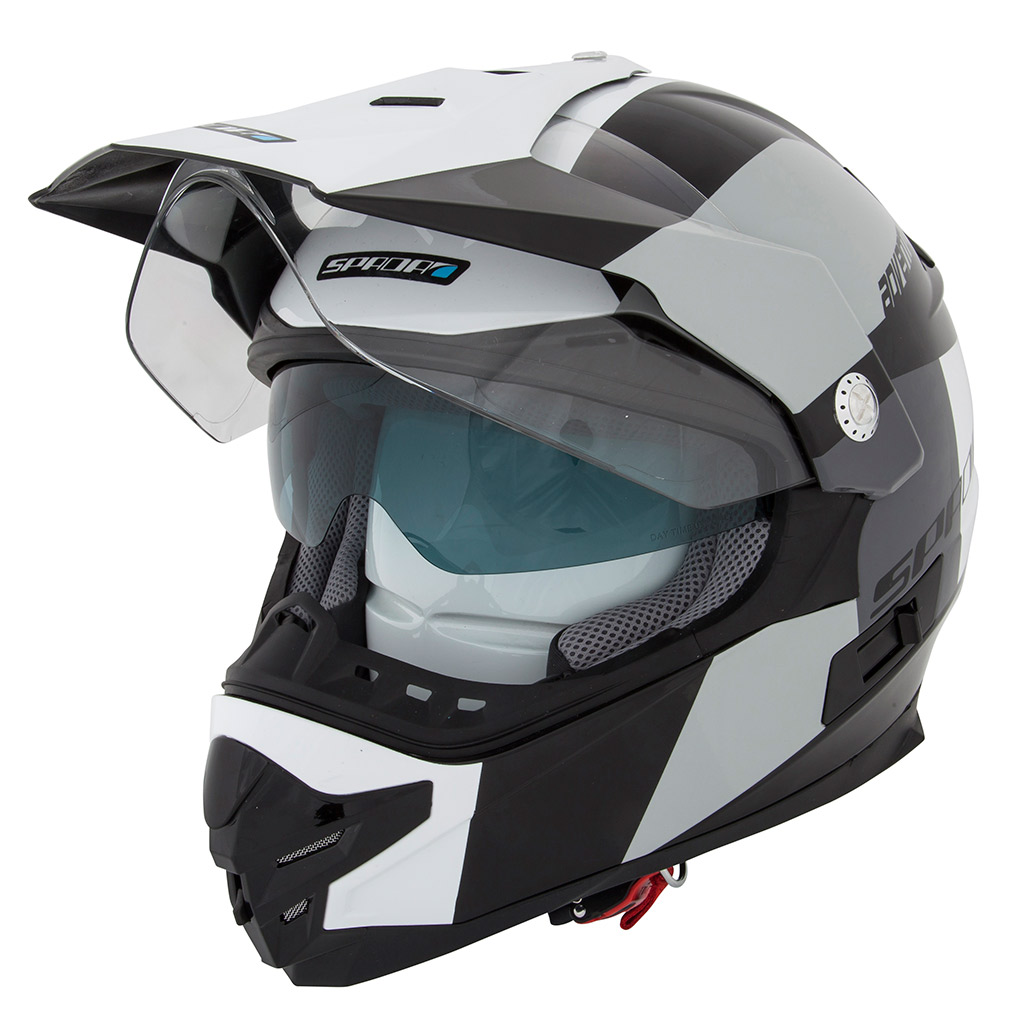 Why the Best Adventure Helmet Matters
Why the Best Adventure Helmet Matters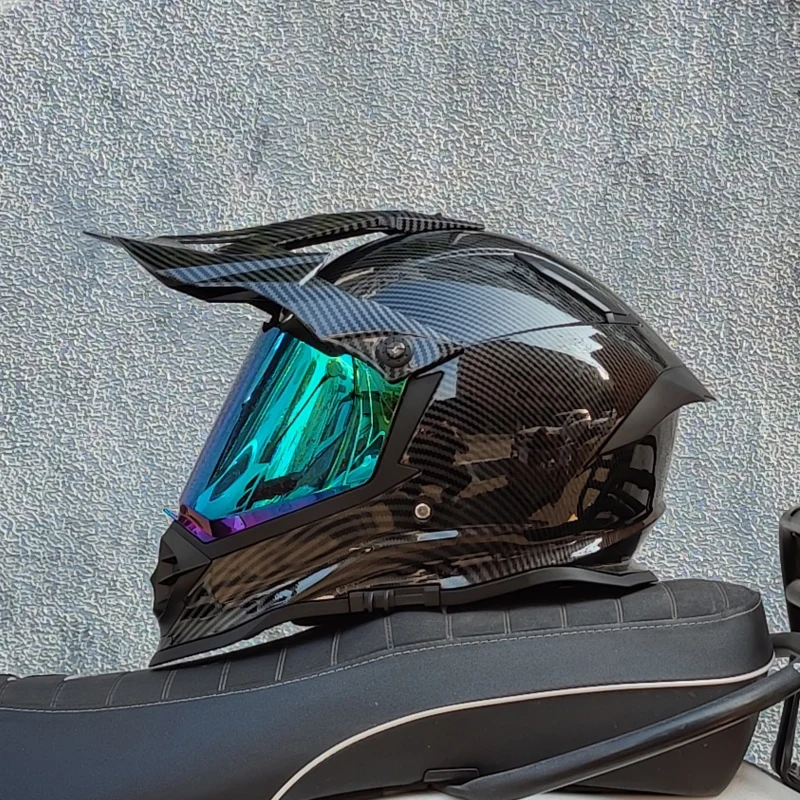 Top Brands Offering the Best Adventure Helmets
Top Brands Offering the Best Adventure Helmets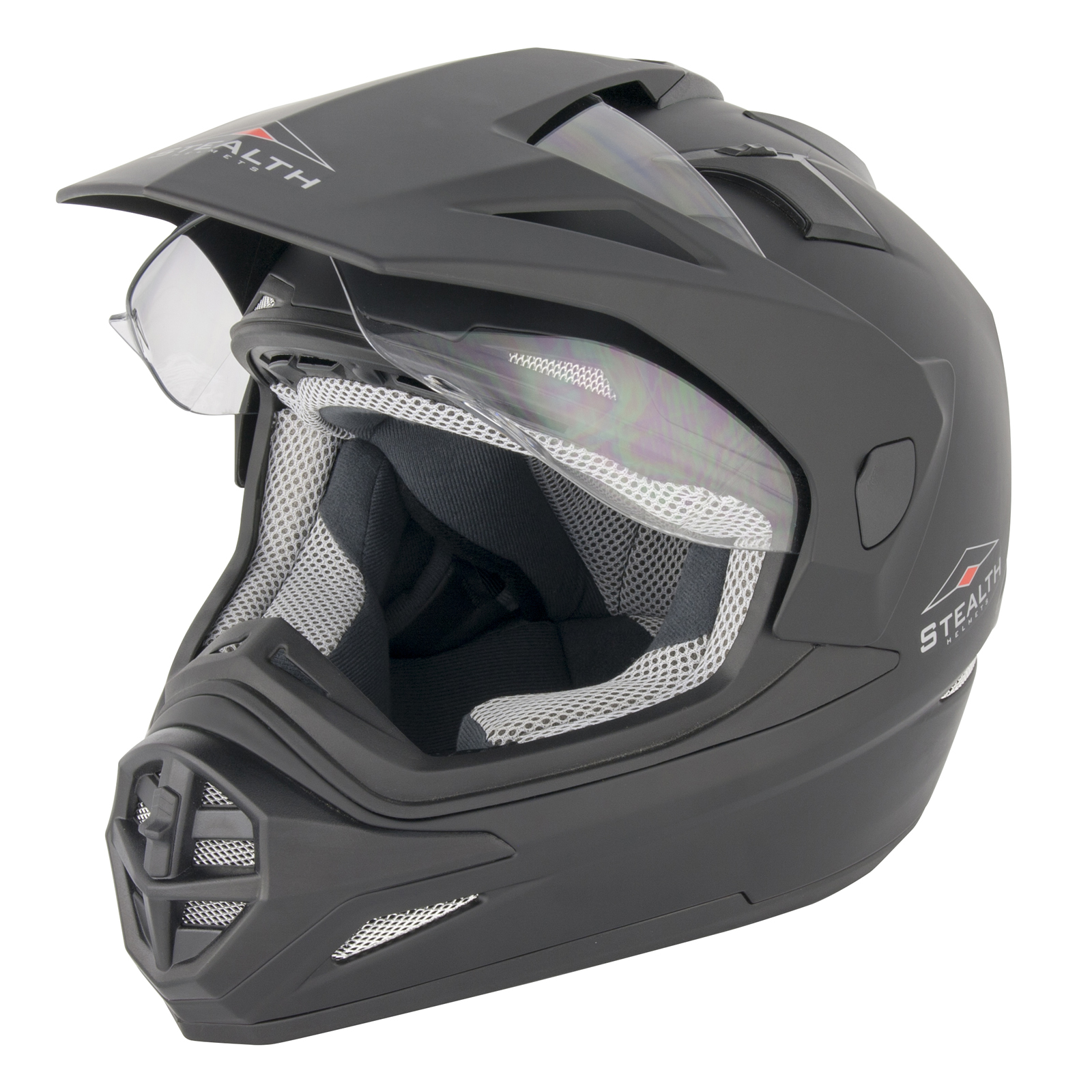 Additional Accessories for the Best Adventure Helmet
Additional Accessories for the Best Adventure Helmet Common Mistakes to Avoid When Choosing the Best Adventure Helmet
Common Mistakes to Avoid When Choosing the Best Adventure Helmet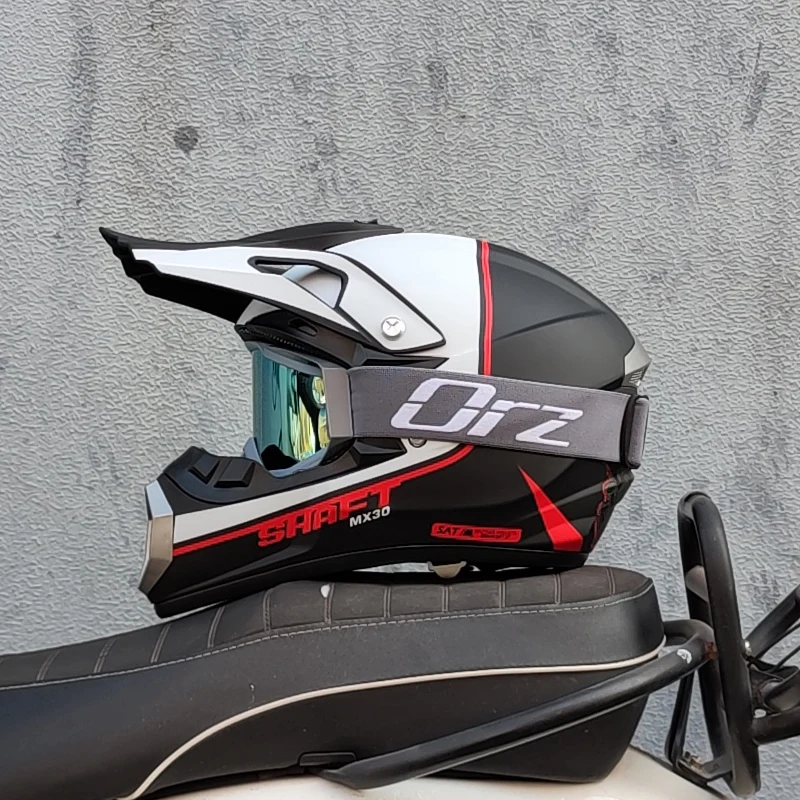 The Future of the Best Adventure Helmet
The Future of the Best Adventure Helmet